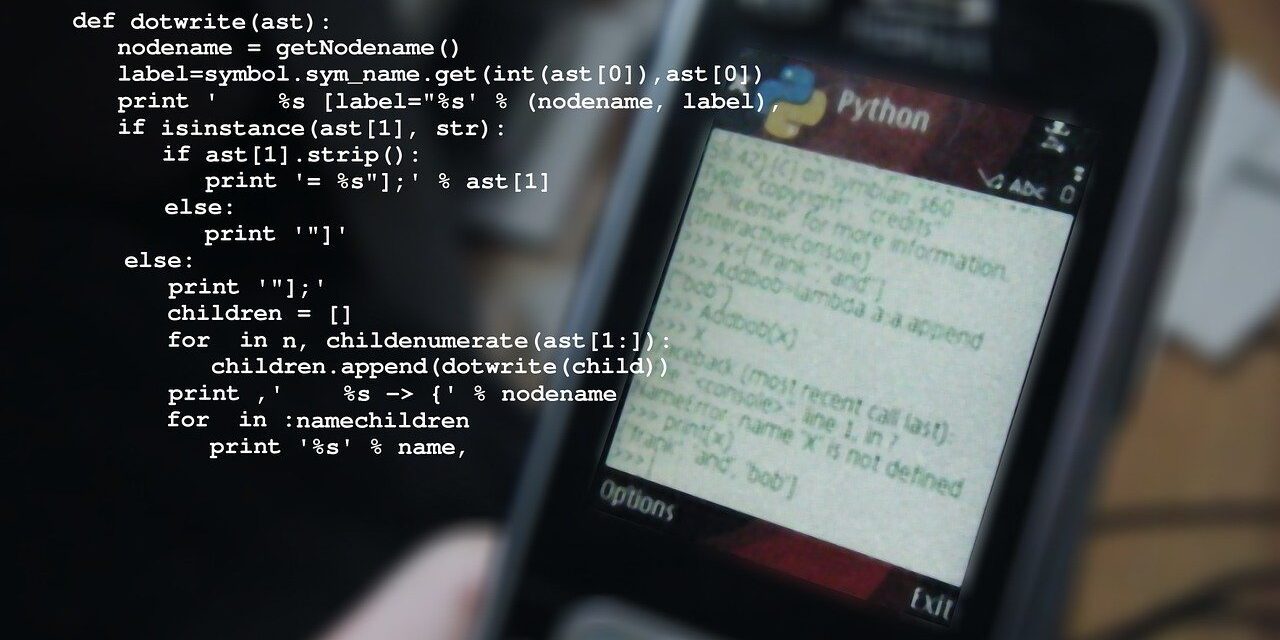Introduction to Python
Python, a versatile and powerful programming language, has transcended its origins as a niche language for developers to become a global force shaping the technological landscape. In this blog post, we’ll explore the widespread influence of Python and how it is leaving an indelible mark on various industries and domains worldwide.
- Versatility and Simplicity: Python’s syntax is clean, readable, and easy to learn, making it an ideal choice for beginners and experienced developers alike. Its simplicity has contributed to its widespread adoption in diverse fields, from web development to scientific research.
- Web Development and Frameworks: Python’s influence is evident in the realm of web development. Frameworks like Django and Flask have empowered developers to create robust and scalable web applications efficiently. The simplicity of Python, combined with these frameworks, has accelerated the development cycle and contributed to the proliferation of web-based solutions.
- Data Science and Machine Learning: Python has emerged as the go-to language for data scientists and machine learning practitioners. Libraries such as NumPy, Pandas, and scikit-learn provide powerful tools for data analysis and machine learning, enabling researchers and businesses to derive valuable insights from vast datasets.
- Artificial Intelligence (AI) and Automation: Python’s role in AI and automation cannot be overstated. It serves as the foundation for popular deep learning frameworks like TensorFlow and PyTorch, empowering researchers and engineers to build sophisticated AI models. Additionally, Python’s simplicity makes it a preferred choice for automating repetitive tasks, enhancing efficiency across industries.
- Scientific Computing: The scientific community has embraced Python for its capabilities in scientific computing. Libraries like SciPy and Matplotlib facilitate complex scientific simulations, data visualization, and analysis. Python’s versatility in scientific applications has led to its adoption in research institutions and laboratories globally.
- Cybersecurity and Ethical Hacking: Python’s ease of use and a rich set of libraries have made it a favorite among cybersecurity professionals and ethical hackers. Its scripting capabilities are valuable for automating security tasks, testing vulnerabilities, and developing security tools, contributing to the ongoing battle against cyber threats.
- Education and Community: Python’s global influence is not limited to professional environments. It has become a popular language for educational purposes due to its readability and simplicity. The Python community, known for its inclusivity and support, plays a crucial role in fostering learning and collaboration.
- Open Source and Collaboration: Python’s open-source nature encourages collaboration and innovation. The language’s development is community-driven, with contributors worldwide continuously improving and expanding its capabilities. This collaborative ethos has fueled Python’s adaptability to emerging technologies and trends.
Conclusion
Python’s global influence extends far beyond its origins as a programming language. Its versatility, simplicity, and robust ecosystem have made it a driving force in web development, data science, AI, and various other domains. As Python continues to evolve, its impact on shaping the world of technology is likely to grow, influencing new generations of developers and professionals across the globe.





